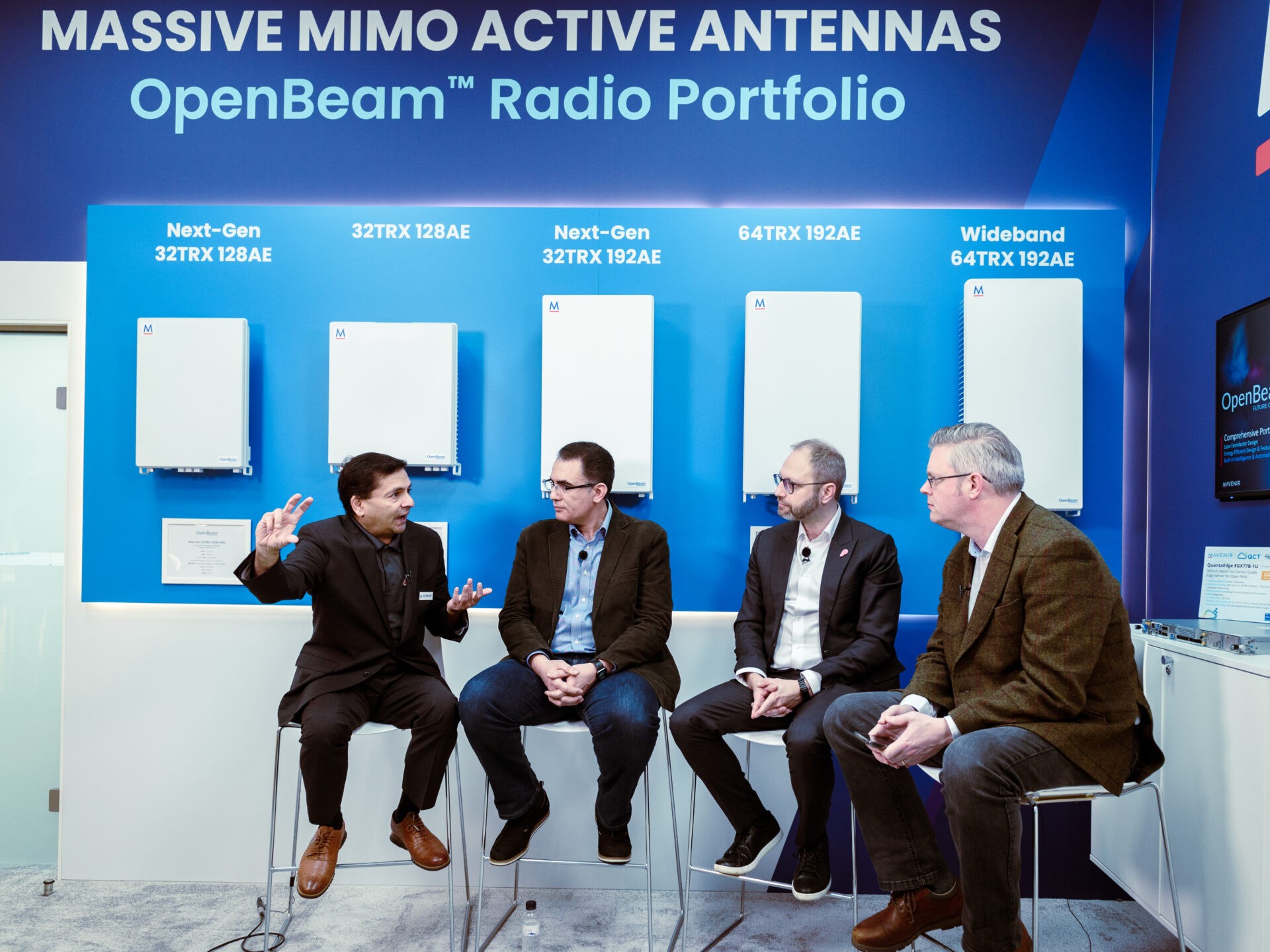How to Make the Most of C-band Spectrum Investment

As news about US C-band auction winners and their plans for the spectrum continue to come to light, one thing remains certain: the investments made in spectrum licenses are staggering. With winners ranging from Verizon spending $45.5 billion for 3,511 licenses to smaller operators such as Granite Wireless LLC spending $170,000 for one license, the possibilities for optimal spectrum utilization are endless.
Taking Advantage of the Possibilities of the C-band Spectrum
While the FCC auction of C-band spectrum is a hot topic in industry news, the United States is playing catch-up for C-band usage. As the satellite companies that previously used the spectrum are relocated to another band, new license holders will reap the benefits of the C-band.
Other countries have already put the spectrum to use. For example, Germany released 3.7-3.8GHz frequencies for private 5G networks at industrial sites on a “first come, first served” basis. One way enterprises are using the spectrum is by deploying end-to-end 5G campus networks to enable secure, reliable, cost-efficient collaboration. Such networks can be used for advanced use cases including automated guided vehicles (AGV) for logistics, augmented reality/virtual reality (AR/VR), Internet of Things (IoT), video, broadcast, and secure communications for enterprise needs.
Key Components for C-band Success
To truly realize the potential of the C-band and ensure the most ROI on the most lucrative spectrum auction to date, license holders should ensure all the right parts are in place to maximize their investments in the C-band.
While mobile operators may plan to use the C-band spectrum to enhance coverage and capacity to enable better service for customers, another use of the C-band will be for private networks, which offers organizations the flexibility to deploy secure, customizable networks.
A true end-to-end private network solution comprises of the following key components to take full advantage of the benefits of licensed spectrum:
- Radio Access Network (RAN) – Any network requires a RAN to function, with many networks embracing an Open RAN approach. Ensuring the proper radio units that properly operate within the specific spectrum band might seem like a no-brainer, but considering O-RAN open interface can help overcome the traditional constraints of the proprietary walled garden specifications used by traditional equipment vendors.
- Core – Core considerations for C-band use include implementing a core with cloud-native principles that can be retrofitted in EPCs and encompass all the major 5G core elements, with these functions implemented as micro-services in containers. Also look for a core product that combines 4G EPC functionality and offers a “converged mobile core” solution that supports both 4G and 5G subscribers.
- Digital enablement platform – If possible, consider options that offer a seamless way of abstracting out the complexity of the underlying network, and create a digital app store for enterprise and industry applications. Having this functionality empowers an ecosystem of developers, service providers, technology companies, enterprises, and industries to create applications to power digitalization with 5G.
An end-to-end 5G system based on cloud-first and open architecture principles can be a driving force to enable the possibilities of private network deployment in the C-band.
Going Forward: All Eyes on the US C-band
As more information about the C-band license winners unfolds, the bottom line is the potential for the spectrum is intriguing and exciting. Whether used for expanded network coverage or to enable innovative 5G use cases, the US is poised to benefit from the advantages of the C-band.
Learn more
Read more about Mavenir solutions for private 5G networks.
Download the Private LTE and 5G Networks white paper.
Check out the blog Opportunities in the C-band Abound.


